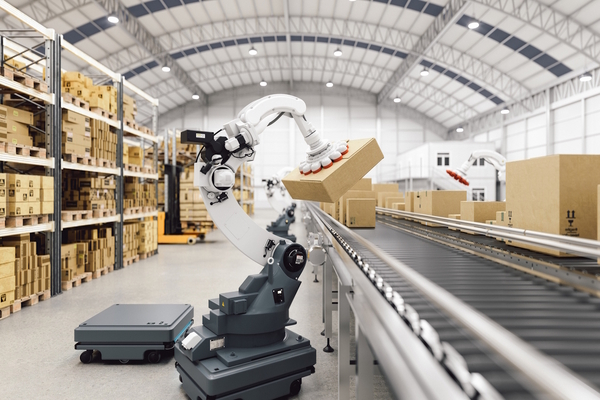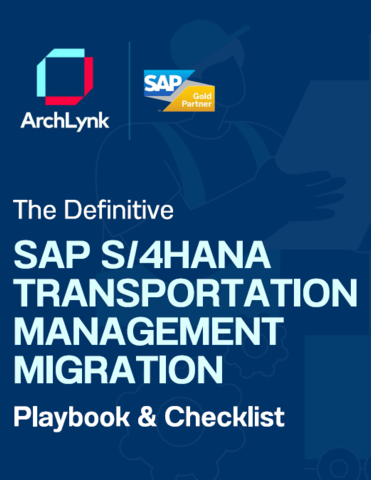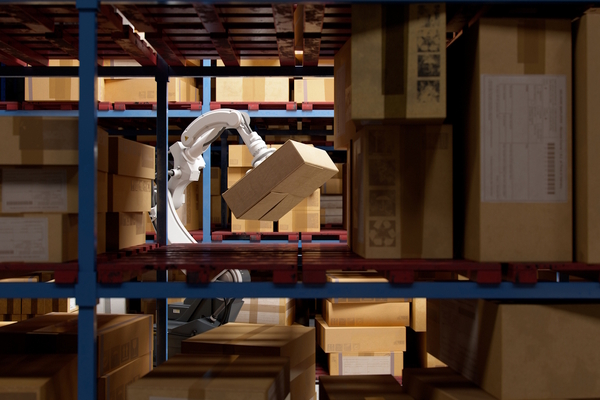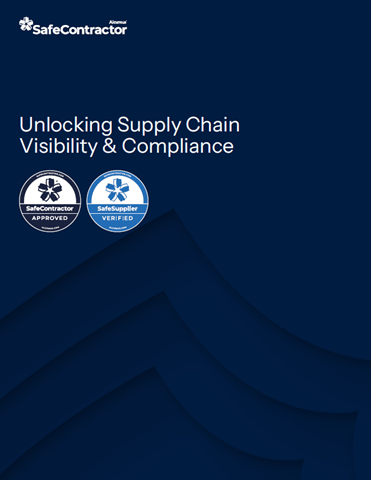The new table stakes: digital supply chain ecosystems
Sponsored by John Galt Solutions
As supply chain leaders look into the future, advanced supply chain planning capabilities give companies the agility needed to respond to disruptions and orchestrate their supply chain ecosystem
Supply chain leaders face an increasingly complex and challenging world. Changes in consumer behaviours and expectations, accelerating supply chain shocks and disruptions, and increasing volumes and types of data impact every aspect of how companies make decisions.
It’s a whole new world that requires reimagining supply chain operations. In the not-so-distant past, the supply chain design was linear, simpler and less complex. Decisions moved slowly and could tolerate longer decision cycles.
Today’s global supply chains have many layers, move quickly, are interconnected, and require informed decisions made in real time and which are optimised across the supply chain.
Selecting the right supply chain planning technology to help transform supply chains from linear to connected ecosystems that link people, places, things and time across all layers in the supply chain for greater efficiency and response is critical.
Why digital supply chain ecosystems matter
Global supply chains are becoming more integrated across multiple value chain partners, linking customers, suppliers, manufacturers and trading partners.
Digital technology is also changing the business landscape with supply chains being digitally connected and machine-learning enabled, gathering and analysing multiple sources of data – such as IoT, point of sale, weather, social data and more – to drive additional insights and visibility into the supply chain.
Companies demand agility and the ability to quickly detect and respond to changing customer behaviours and supply disruptions. As global supply chains continue to become more interconnected, this will move supply chains beyond a focus on operational efficiency towards end-to-end orchestration of their ecosystem. Digital ecosystems are supply chains’ new table stakes.
Model real-world parameters with a digital twin
Too often supply chain decisions are based on stale and static data. But supply chain models must be dynamic and represent the real world. A digital twin is at the heart of a supply chain planning solution – where it produces a virtual replica of the supply chain and models real-world impacts.
The digital twin acts as a supply chain blueprint and provides accurate data about the relationships between supply chain entities. They can model any environment and connect it with business systems and sensors to perform what-if scenarios and develop prescriptive insights.
The simulations compare what is happening in the supply chain against historical data and potential plans (such as capacities, demand or inventories) to predict the future. The digital twin provides an end-to-end model that is continuously in synch with the entire supply chain ecosystem and facilitates strategic, operational and tactical plans while operating on a common data model and modeling real-world parameters such as leads times, set-up times, bill of materials and more.
Linking planning to execution
Modern supply chain planning technology helps companies better navigate disruptions such as unexpected spikes in demand, inbound and outbound delivery problems, supplier quality concerns and more.
Linking planning to execution becomes crucial, especially as supply chain disruptions and omni-channel approaches increase. For instance, if port congestion delays cargo, this data can help the company locate alternative transportation sources, incorporate container sizes and truck load capacity, and negotiate new freight rates on the fly.
By having a connected ecosystem and removing traditional business siloes, companies get quick visibility into issues and can respond faster to resolve them.
Optimising the supply chain to improve sustainability
Supply chain planning technology does more than just provide supply chain insights, it also impacts sustainability.
The importance of sustainability and the circular economy continues to grow. A recent Gartner survey finds that 51 per cent of supply chain professionals expect the emphasis on the circular economy to increase within two years.
The reduce, reuse, recycle mantra is not new. Supply chains generally produce more harmful emissions than most other company operations, drawing the attention of the C-level as they face pressure from investors, consumers and regulators to do more about sustainability initiatives. Most companies focus on low-hanging sustainability fruit for quick gains.
As consumers continue to gain interest in sustainable measures and reducing waste, companies will need to look at their entire network design and determine how to get the network to optimally align based on sustainability KPIs – not just report KPIs. The ability to have better visibility into the supply chain allows companies to identify, focus and accelerate sustainable efforts.
How to get started?
In a global climate rife with volatility, supply chain shocks and shifts in revenue, supply chain planning technology that seamlessly synchronises the entire supply chain ecosystem to remove silos, maximise resources and provide end-to-end visibility is not a nice-to-have, it’s a must.
John Galt Solutions is a supply chain planning technology market leader that has helped thousands of companies transform their supply chain to the needs of a constantly changing world. Want to learn more? Schedule a demo and consultation with John Galt Solutions at johngalt.com/
by Alex Pradhan, Product Strategy Leader, John Galt Solutions

Business Reporter Team
Most Viewed
23-29 Hendon Lane, London, N3 1RT
23-29 Hendon Lane, London, N3 1RT
020 8349 4363
© 2024, Lyonsdown Limited. Business Reporter® is a registered trademark of Lyonsdown Ltd. VAT registration number: 830519543
Join the Business Reporter community today and get access to all our newsletters, and our full library of talk show episodes
Join the Business Reporter community today and get access to all our newsletters, and our full library of talk show episodes





